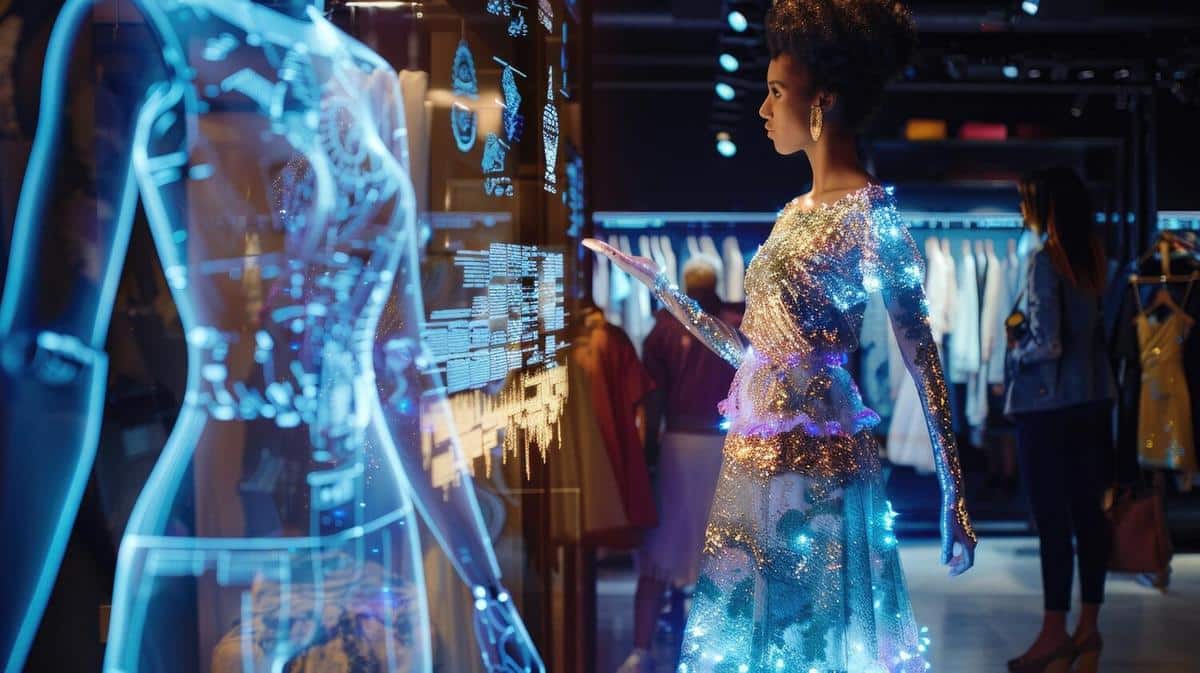
Exploring the Role of Blockchain in Ensuring Authenticity in Fashion
As the fashion industry continues to evolve with technological advancements, blockchain technology has emerged as a promising tool to ensure authenticity and transparency. Fashion enthusiasts and businesses alike are turning to blockchain to tackle the age-old problem of counterfeiting and to enhance consumer trust.
Blockchain technology, often associated with cryptocurrencies, is now making waves in the fashion industry, offering a robust solution to ensure the authenticity of products. This digital ledger system provides an immutable record of transactions, making it ideal for tracking the provenance of high-value fashion items.
Understanding Blockchain’s Role in Fashion
Blockchain works by creating a decentralized database that records transactions across multiple computers. This decentralized nature means that no single entity controls the entire chain, enhancing security and trust. In fashion, this translates to the ability to trace a product’s journey from creation to consumer, ensuring authenticity at every step.
Expert Opinions
According to a report by the World Economic Forum, blockchain can drastically reduce counterfeiting in the luxury sector by up to 50%. Industry experts like Dr. Sarah Thornton, a renowned fashion technology consultant, emphasize, “Blockchain provides a transparent and secure method for verifying product authenticity, which is crucial for maintaining brand integrity.”
Statistics and Research
Recent studies indicate that the global counterfeit fashion market is worth over $450 billion annually. Blockchain can significantly mitigate these losses by providing a verifiable trail of a product’s history. This technology is not just a theoretical solution; brands have already successfully implemented it to track items like designer handbags and high-end watches.
Real-World Application
A practical example of blockchain in action is the use of QR codes on fashion items. Consumers scan the code with their smartphone, accessing the item’s blockchain record. This transparency allows buyers to verify an item’s authenticity instantly, enhancing trust and satisfaction.
Actionable Tips for Brands
- Integrate blockchain technology with existing inventory systems to streamline the authentication process.
- Educate consumers on how to use blockchain verification tools effectively.
- Collaborate with blockchain service providers specializing in fashion to customize solutions for your brand.
A Table of Blockchain Benefits in Fashion
| Benefit | Description |
|---|---|
| Transparency | Provides a clear record of product history |
| Security | Ensures data integrity and reduces fraud |
| Consumer Trust | Enhances buyer confidence in product authenticity |
| Efficiency | Streamlines supply chain processes |
| Cost Savings | Reduces losses from counterfeit goods |
| Brand Integrity | Protects and enhances brand reputation |
| Innovation | Positions brand as a leader in tech adoption |
| Sustainability | Improves tracking of ethical sourcing |
FAQs on Blockchain in Fashion
How does blockchain verify authenticity?
Blockchain records every transaction and movement of a product, creating an unalterable history that verifies its authenticity.
Is blockchain suitable for all fashion brands?
Yes, blockchain can be adapted to suit the needs of brands of all sizes, providing scalable solutions to enhance authenticity.
Can consumers easily access blockchain records?
Many brands use QR codes or NFC tags to allow consumers to access blockchain records through their smartphones.
Conclusion
Blockchain technology offers a promising avenue for ensuring authenticity in the fashion industry. By providing a transparent and secure method of verifying product history, it not only combats counterfeiting but also builds consumer trust and enhances brand reputation. As more brands adopt this technology, blockchain’s role in fashion is set to expand, paving the way for a more transparent and trustworthy industry. Embracing blockchain could be a pivotal step for fashion brands aiming to lead in innovation and integrity.